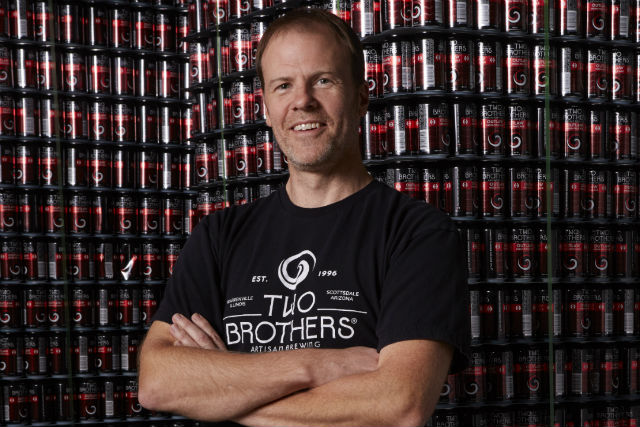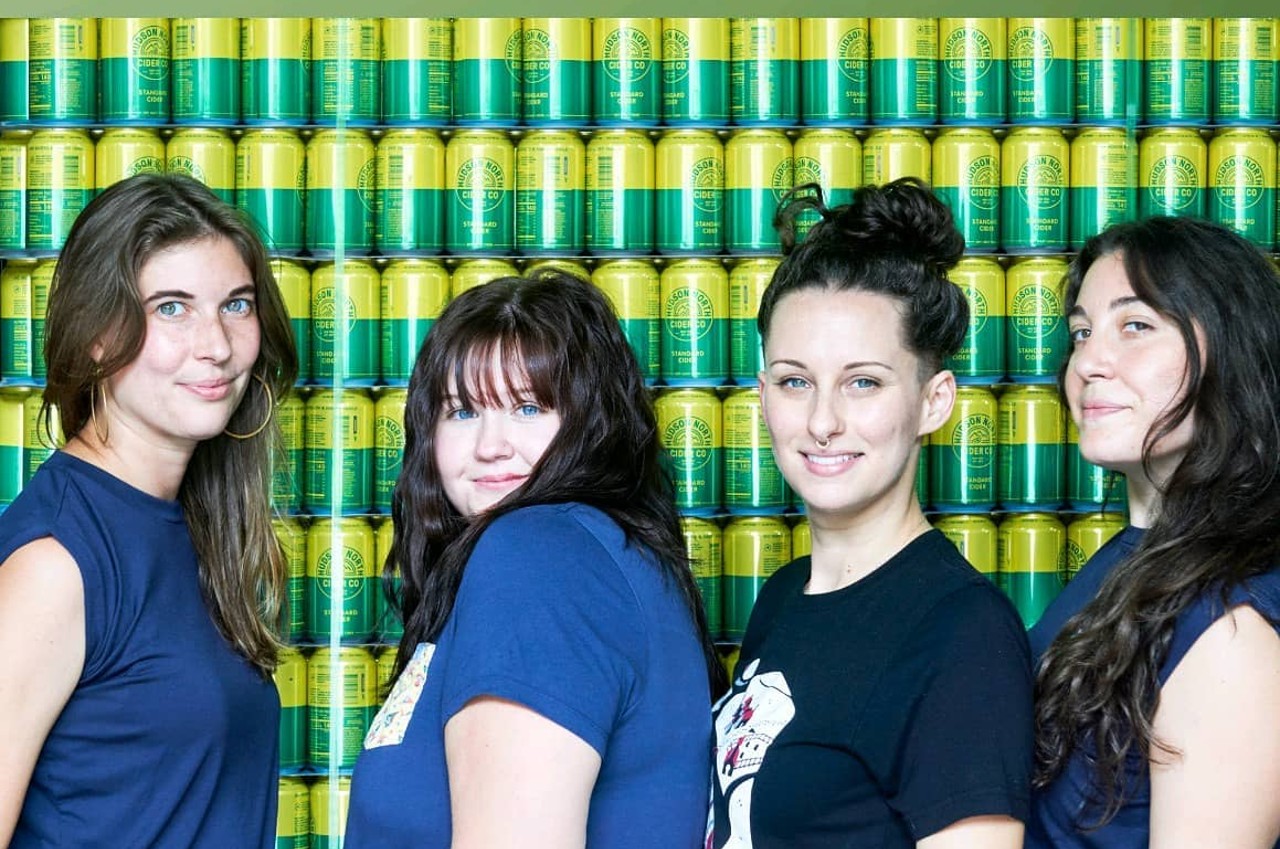
There’s a delicate balance between romanticism and practicality, and it sums up the balancing act faced by many modern cideries.
“We let tradition inspire our creativity, while leaning on modern efficiencies — like cans and streamlined workflows — to keep the business sustainable,” the Finnriver team wrote to Cider Business in an email recently.
The challenge of scaling traditional cider methods into a profitable, operationally sound business is one that cideries across the country are meeting with innovation, intentionality, and smarter equipment choices.
For Tristan Wright, founder of Lost Boy Cider in Virginia, that balance starts with clearly defining the brand’s values.
“We’ve learned that customers connect more deeply with authenticity than polish, so we embrace the imperfections that come with this approach,” Wright said.
Still, staying true to wild fermentations and minimal intervention doesn’t mean ignoring operational efficiency. Lost Boy uses stainless steel tanks and temperature controls to manage scalability. To enhance complexity without compromising process, Wright’s team designed custom racking arms for lees aging and utilizes wine-grade IBCs for mobile batch flexibility. “We’re constantly evaluating process improvements without compromising our core values,” he said.
Patrick Kwiatkowski said that Houston’s City Orchard has adapted a winemaking mindset to cider production.
“We’ve adopted some tools of large wineries such as cross-flow filters and Velcorin for product stabilization,” he said. “These are definitely not tools you’ll find in your cider barn in apple country, but they help make a clean, stable, and tasty cider.”
Kwiatkowski said these modernizations haven’t diluted quality. In fact, they’ve helped scale production without losing the craft character.
“We really don’t think that we have traded the quality of the finished product for more efficient processes,” he said.
Climate and location also factor into operational decisions. In Texas heat, City Orchard opted to use brite tanks and beer fermenters over traditional white wine tanks, favoring what works over what’s expected.
A major innovation has been relocating primary fermentation to New York, closer to their orchards. This strategy cuts shipping costs on high-pectin fresh juice that would otherwise lose quality or volume before it even reaches the fermentation stage in Texas.
“We don’t lose any ‘craft’ elements in the process,” said Kwiatkowski, noting that all blending, filtering, and flavoring is handled in-house post-fermentation.
While some producers embrace newer tools, others have chosen subtle upgrades that still keep them close to tradition.
Watson Wheeler Cider in Vermont, for example, uses a CoolBot to maintain a consistent fermentation temperature and hydrometers to monitor natural fermentations.
“These aren’t unique tools,” said cidermaker Bleeker Wheeler, “but they’re tools the Watson ancestors wouldn’t have had.”
These basic innovations allow the team to keep natural fermentation under control without relying on additives or shortcuts.
California’s Mount Diablo Cider leans heavily into the heritage of barrel fermentation and natural winemaking, opting for neutral French oak barrels over steel tanks for their wild fermentations.
“To make high-quality cider using traditional practices, you don’t need a lot of fancy, expensive specialized equipment,” founder Thomas Henry said. “But what you give up in equipment, you make up in time.”
Barrels allow for upwelling and contribute oak tannins that improve body and mouthfeel without overwhelming the fruit.
READ MORE: Why the Cider Industry Should Emphasize Sustainability
For keeving, which requires more precise racking, Mount Diablo uses 55-gallon PET barrels and stainless steel variable-capacity tanks, enabling control over oxygen exposure and spoilage.
“It’s all scalable,” Henry explained. “If you need more volume, just add barrels. They’re cost-effective and consistent if maintained properly.”
At Finnriver, that same sense of deliberation informs both technique and scaling. Their méthode champenoise cider is hand-disgorged and riddled—labor-intensive but meaningful.
“It keeps us connected to every bottle,” the cidery shared.
Yet even here, adaptation supports sustainability. By introducing canned offerings recently, Finnriver responded to consumer demand while addressing supply chain challenges around glass recycling.
“These cans represent a natural progression in our story,” CEO Amanda Oborne told Brewer Mag/Cider Business. “We make our ciders more accessible for adventures beyond the farmstead while staying true to our principles of working with organic ingredients.”
That intersection of tradition and innovation — where slow fermentation meets scalable production — is shaping a smarter cider future. Whether it’s through modern stabilization techniques, careful vessel selection, temperature control, or packaging innovations, today’s cideries are finding ways to bring old-world methods into a commercially viable space.
And with every choice, they’re reinforcing what makes cider uniquely compelling: it is, at its best, a reflection of time, place, and thoughtful craft.





Be the first to comment